potted heathers
elidunn
19 years ago
Related Stories
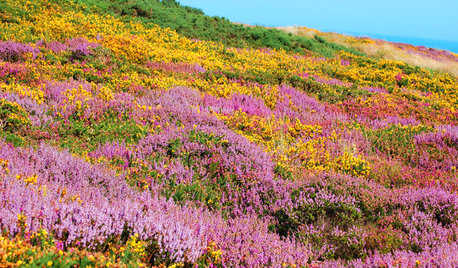
GARDENING FOR BUTTERFLIESGreat Design Plant: Scotch Heather
The moors aren't all moody, as this prettily colored evergreen shrub proves. Plant it en masse for an epic romance in your own garden
Full Story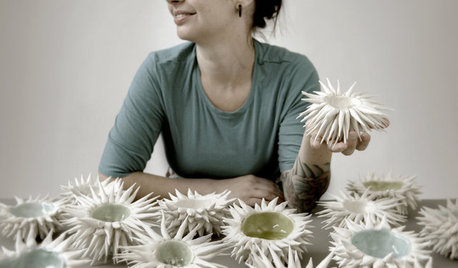
TASTEMAKERSInterview: Heather Knight of Element Clay Studio
Nature, architecture and a creative community inspire an Asheville artist
Full Story
PLANTING IDEASStretch the Budget, Seasons and Style: Add Conifers to Your Containers
Small, low-maintenance conifers are a boon for mixed containers — and you can transplant them to your garden when they’ve outgrown the pot
Full Story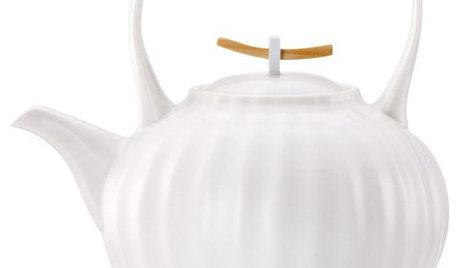
Guest Picks: 20 Teapots With Unusual Flavor
Perk up your Easter brunch or everyday breakfast with tea served in a pot that charms with character
Full Story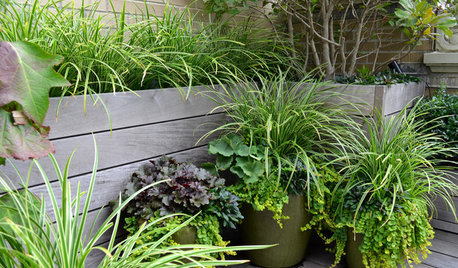
PLANTING IDEASCreate High-Impact Container Gardens With Grasses
When it comes to adding drama, texture and panache to a pot, these strappy species are hard to beat
Full Story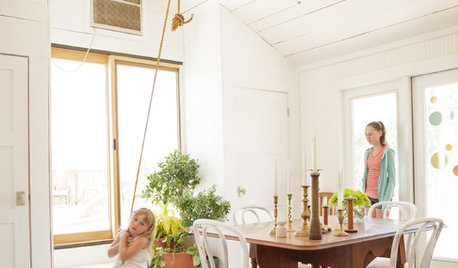
ECLECTIC HOMESHouzz Tour: New Mexico House Grows With a Designing Family
A builder and a decorator settle down on a mesa property and create a warm home filled with their favorite things
Full Story
GARDENING AND LANDSCAPING3-Season Rooms: Open-Air Living in a Guest Cottage Pavilion
Comfy furniture, a fireplace and a vaulted ceiling make dining and hanging out a joy in this California outdoor room
Full Story
RANCH HOMESMy Houzz: Paint and Pluck Revamp a Portland Ranch
A 1930s fixer-upper becomes a cheery and personal home at the hands of an industrious homeowner
Full Story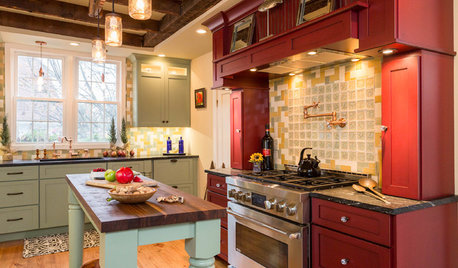
FARMHOUSESKitchen of the Week: Renovation Honors New England Farmhouse’s History
Homeowners and their designer embrace a historic kitchen’s quirks while creating a beautiful and functional cooking space
Full Story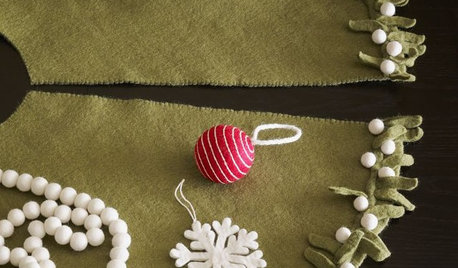
CHRISTMAS TREESGuest Picks: Christmas Tree Skirts for Every Style
Let's not skirt the issue: Christmas trees look more polished when the base is dressed
Full Story





cranebill
elidunnOriginal Author
Related Professionals
Brentwood Landscape Contractors · Broomfield Landscape Contractors · Damascus Landscape Contractors · Marlborough Landscape Contractors · New Cassel Landscape Contractors · Newberg Landscape Contractors · Thornton Landscape Contractors · Bonney Lake Fence Contractors · Fairmount Fence Contractors · Grover Beach Fence Contractors · Ponte Vedra Beach Fence Contractors · San Fernando Fence Contractors · Wilson Fence Contractors · Winter Park Fence Contractors · Yorba Linda Fence ContractorsBruMeta
rockspray